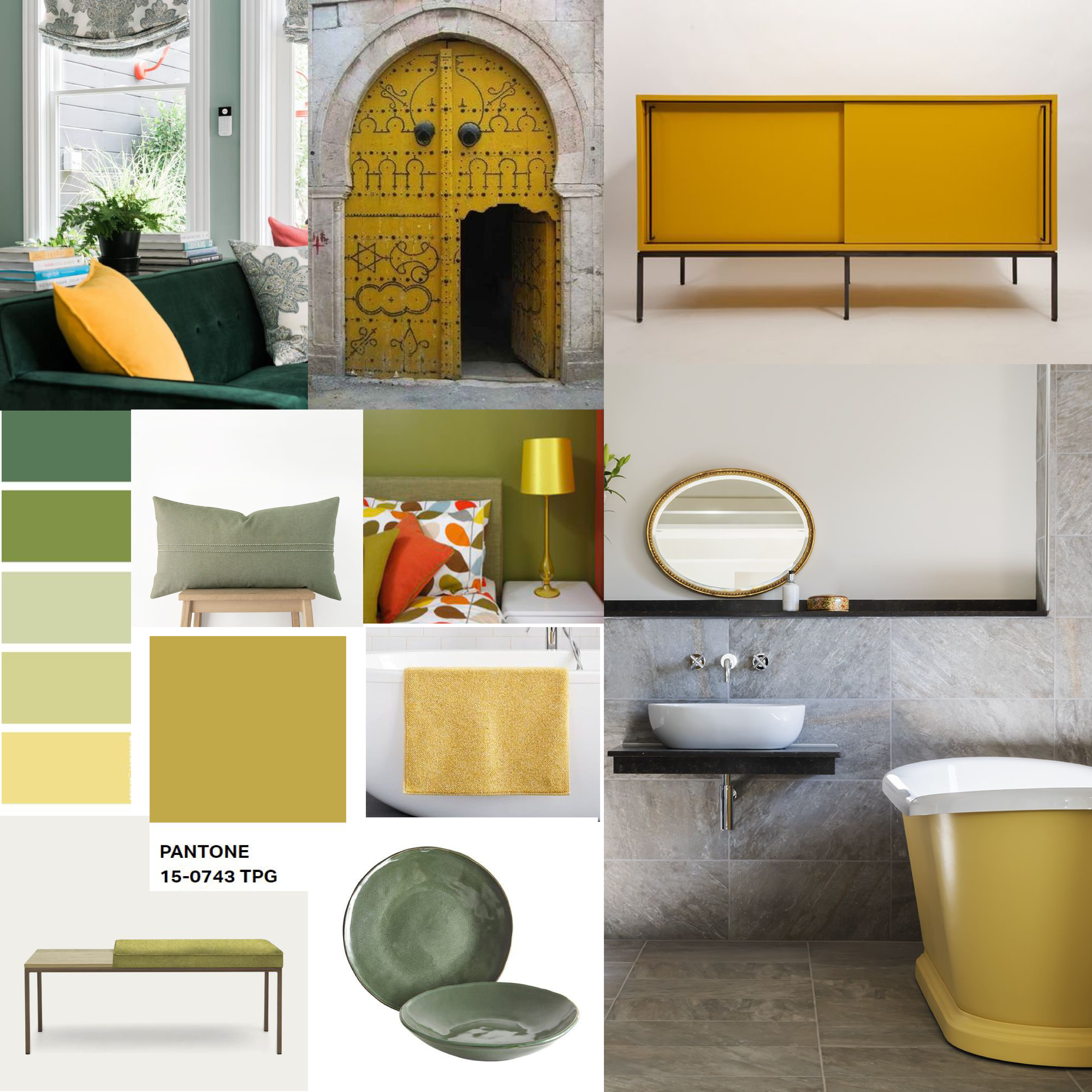What is the future of interior design? Is there a formula to perfecting our design aesthetic?
Join us as we explore the answers to these questions with Global Trend Forecaster, Victoria Renshaw.
Our 2021 trend forecast presentation with Victoria Renshaw was an eye-opening experience for our entire product development team. It unlocked pathways to better create, to better design, to better ourselves moving forward. As a company we are always looking for ways to move towards a more sustainable future, through our practices, our procedures and our products. Although the presentation was a thought-provoking cinematic visual stimulus, a particular trend, and subject of focus was the topic of citizens, designs, product developers and businesses becoming more conscious of their environmental actions.
Below we take you through Victoria Renshaw’s intriguing understandings of how the industry is moving towards a more sustainable future. A trend she calls a Force for Good.
What is the Force for Good trend?
“As governments and businesses and citizens grabble for any kind of positive outcomes from the chaos from the fallout of Covid-19, one thing rises to the surface perhaps unexpectedly. The virus has drawn attention to environmental issues, and the realness of our climate crisis has truly hit home. Force for good therefore looks at evolving aims of aesthetics of environmentally ethical lifestyles, our individual actions can influence the global narrative of change, as we face the realities and the responsibilities associated with climate change. A more sustainable society and trend forecaster whose work is concerned with new products and consumerism, our team feels the weight of the responsibility too and so, in this trend we look towards a future that encourages us to adapt and be innovative and to live with less pollution and waste in ways that are less damaging to the planet.”
“A pact between people and planet” – Victoria Renshaw
“Force for good examines ambitious formats for redressing humanities environmental impact via unconventional approaches and applications. We make nature our mentor, resetting our relationship for the good of all things. From reversible design systems, that enable the re-use of materials and biodegradable products that return the earth, and beneficial by design product traits that can nourish the earth at the end of their use, to bio-based materials like the pavilion that was constructed from panels that that have been grown from mushroom mycelium that would showcase in Dutch design week, the design world is facing up to its failings and is looking to remedy the damage and waste and conspicuous over consumption that it instigates as unacceptable and impracticable because responsibility lies not only at the feet of consumers but also in industry and businesses big and small need to proactive in helping to preserve, serve and protect. It is about making products without making problems. A pact between people and planet.”
What does this trend look like?
“Many of the most interesting projects will involve consciences creative, utilising material resources and manufacturing methods with much greater consideration. Finding ways to do things differently, challenging convention, and testing progressive paradigms, whether that is grown products or products intentionally designed for conception for a second life or second use in mind. Be accountable, responsible and resourceful isn’t just the duty of designers and manufacturers, it sits squarely with consumers, the learning to love imperfect, irregular, hand crafted products made with an artisanal approach that they can fully trade and treasure and therefore they can slow down their consumption.”
“They are renouncing wastefulness, they are buying less, using less, using more wisely, owning less, and replacing less often. The interiors industry is taking note of the sharing, swapping, transient ownership spirit that embraces the aesthetic qualities of pre-loved, pre-owned and repaired products with an ecological agenda that pushes through into homes. The design world can make a major contribution simply by stopping the perpetuation of the belief, that constant ‘newness’ is a must. New ecological aims and commitments effectively mean new aesthetics. Recycling and the circular economy will have a big impact on material, colours and surface effect. As designers and manufacturers try to re-use materials that are already in circulation as well as leftovers. It is about designing out waste, and about products made from products that bridge the gap between damaging man-made materials and eco-friendly materials.”
If sustainable was a 2021 colour direction, what would it be?
“Green is most certainly a key colour of 2021 due to is depiction of nature and the recycled era. I also want to ensure you are aware the significant role that yellow will play over the next few years in providing a positive feeling good glow in the home. We have included sunshine yellows in our 2020 trend forecast as well as mallow milky yellows that has more of a 70’s vibe about them. Their appeal is anticipated to be comparable of that to millennial pink. Yellows are optimistic and gender neutral. Yellow has not been considered in Vogue for a long while really so consumers might be tentative at first, we would expect them to initially introduce uplifting pops of yellow via small furniture pieces, textiles, and decorative accessories, as a way to anticipate how yellow would work for them in their interior aesthetic. The yellow pantone that sits with force for good trend is a slightly open shade, that gives a bit more character, and from that it can transform to get as dark as the rug that we have placed on the right there. These types of yellows work well with olive greens, and dark jungle greens as you would expect, and they also work effectively with turquoises through to teals, also browns and any shade of grey.”

Check out our sustainability initiative called EcoStar Bags, which are made from the off-cuts of our beautiful Maurice Kain Drapery fabrics.


